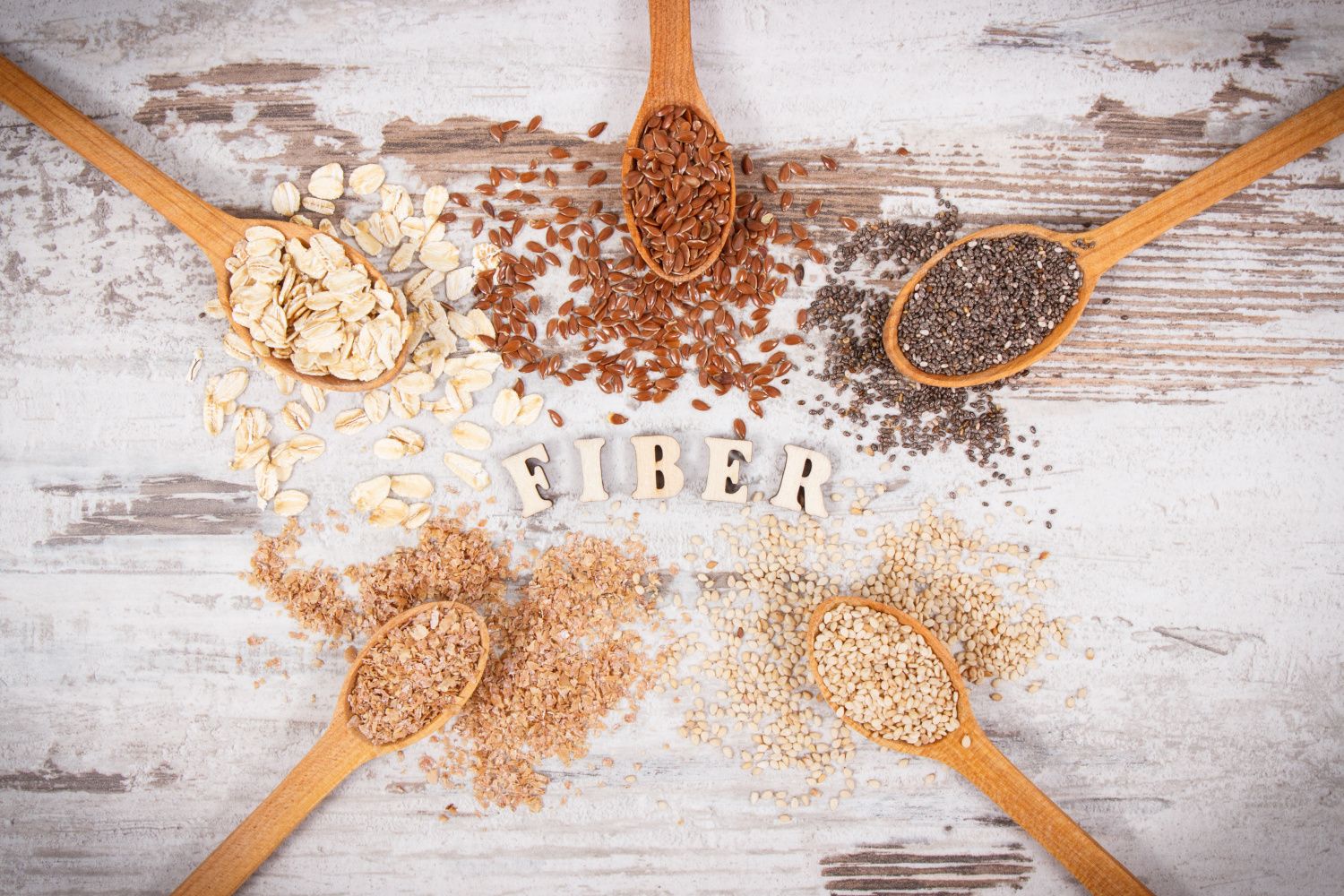Bioactive compounds in plant sources of insoluble dietary fiber may bolster the health benefits of fiber, says recent study
The study shows that the benefits of insoluble dietary fiber go beyond fiber, and points to the need to consider the composition of bioactives in dietary fibers and the need to preserve them during processing.
Photo © AdobeStock.com/ratmaner

A recent study1 investigated the relationship between insoluble dietary fiber content in plant foods and the bioactives in said plant foods. The research was a collaboration between Brightseed and the University of Minnesota. Results showed that each plant source of insoluble dietary fiber contains unique bioactives that promote health and may reduce the risk of diseases such as cardiovascular disease and type 2 diabetes. This means that the benefits of insoluble dietary fiber go beyond fiber, and points to the need to consider the composition of bioactives in dietary fibers and the need to preserve them during processing.
“People understand the need for fiber and how it relates to gut health — an area of wellness that is becoming increasingly important as scientific research continues to reveal its impact on overall health and wellbeing,” said Joanne Slavin, co-author of the paper and a professor in the College of Food, Agricultural and Natural Resource Sciences at the University of Minnesota, in a press release. “Fiber is the marker of health that is included in our dietary guidelines and found on product labels, but our research indicates that we need to ensure the other valuable components of fiber-containing plant sources — the bioactives — are also recognized as providing valuable benefits for human health.”
There are a variety of sources of insoluble dietary fiber, including fruits, vegetables, legumes, nuts, seeds, and whole grains, each of which also contain unique bioactives. The beneficial bioactives found in plant sources of insoluble dietary fiber include quercetin, resveratrol, catechins, anthocyanins, lutein, lycopene, and beta-carotene. Plant sources rich in beneficial bioactives and insoluble dietary fiber may be used to fortify processed food to increase their nutritional value, with food production byproducts such as peels, hulls, pulp, and pomace offering a sustainably source of bioactives and insoluble dietary fiber.
“The suggestion to eat more fruits and vegetables isn’t a novel idea, but it’s something most people still struggle to do,” said Jan-Willem Van Klinken, co-author of the study and senior vice president of medical, scientific, and regulatory affairs for Brightseed, in a press release “If we can offer widely accessible fiber-fortified products that have been developed to enhance rather than negate bioactive content, we can provide consumers with increased nutritional value.”
“The collection of literature we reviewed and the results of this research can serve as a paradigm shift in how the food and health industries, as well as consumers, view insoluble dietary fiber and bioactives,” added lead author Madeline Timm, who co-authored the research for her graduate project at the University of Minnesota. “Continued research and broad inclusion of bioactives in foods and supplements can have a real impact on human health.”
Reference
- Timm, M.; Offringa, L.C.; Van Klinken, B.J.W.; Slavin, J. Beyond Insoluble Dietary Fiber: Bioactive Compounds in Plant Foods. Nutrient, 2023, 15(9): 4138. DOI: 10.3390/nu15194138
Arla Foods to acquired whey nutrition business from Volac International
April 22nd 2024Arla Foods Ingredients has reached an agreement to acquire Volac’s Whey Nutrition business through a purchase of shares in Volac Whey Nutrition Holdings Limited and its subsidiary, Volac Whey Nutrition Limited and Volac Renewable Energy Limited.